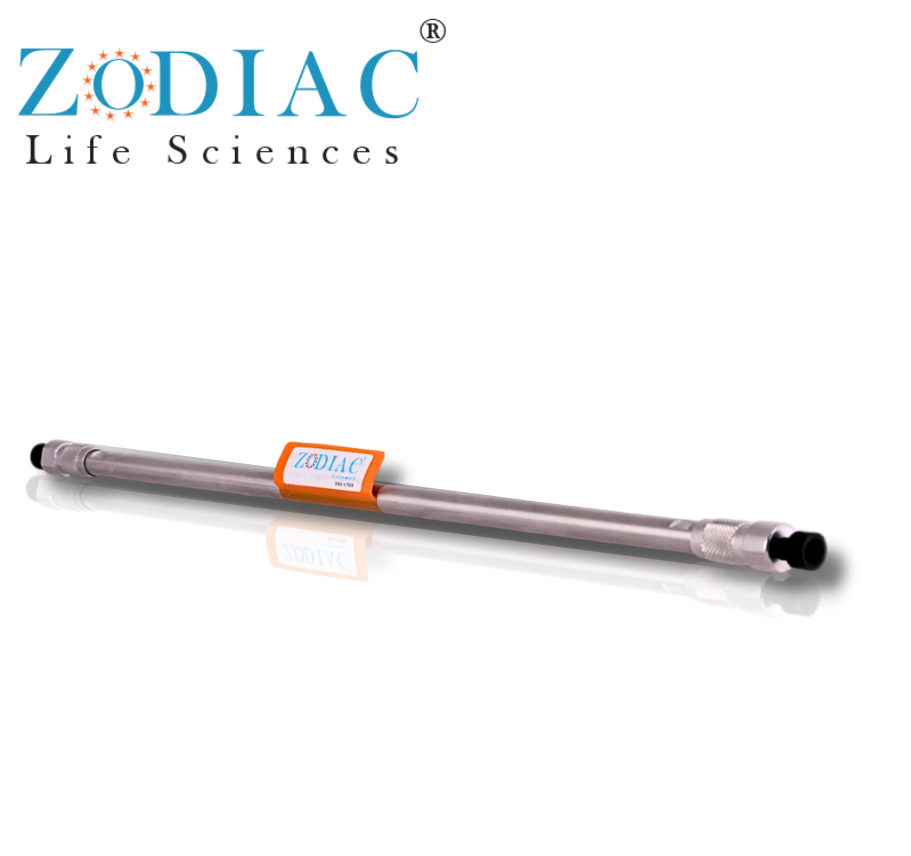
In the world of analytical chemistry, High-Performance Liquid Chromatography (HPLC) plays a vital role in separating, identifying, and quantifying components in complex mixtures. But at the center of every successful HPLC analysis is one critical component—the HPLC column.
So, what is HPLC column, and why is it considered the heart of chromatography? In this comprehensive guide, we’ll explore everything you need to know about HPLC columns, including types, uses, chemistries, and how to choose the right one for your analytical goals.
What is HPLC Column?
An HPLC column is a precision-engineered cylindrical tube packed with stationary phase material that allows for the separation of compounds in a sample based on their chemical interactions. It works by retaining analytes differently depending on their molecular characteristics and their interaction with both the stationary phase and the mobile phase.
The column is housed in a durable stainless steel shell, capable of withstanding the high pressures involved in liquid chromatography. It connects directly to the HPLC system and determines critical performance factors like resolution, selectivity, and sensitivity.
HPLC Column Uses
HPLC columns are used across diverse industries, including:
- Pharmaceutical analysis: for drug purity, stability testing, and quantification of active pharmaceutical ingredients (APIs).
- Biotechnology: for protein, peptide, and oligonucleotide analysis.
- Environmental testing: for detecting pollutants and contaminants.
- Food and beverage: for analyzing preservatives, sugars, vitamins, and additives.
- Clinical diagnostics: for biomarker discovery and metabolite profiling.
Whether you’re in a QA/QC lab or an R&D facility, understanding HPLC column uses helps in optimizing workflows and ensuring regulatory compliance.
HPLC Column Chemistry
The HPLC column chemistry refers to the nature of the stationary phase material, typically bonded silica particles modified with various functional groups. The most common chemistries include:
- C18 (Octadecylsilane): Non-polar, ideal for reverse-phase applications.
- C8 (Octylsilane): Slightly less hydrophobic than C18, suitable for moderately non-polar compounds.
- Phenyl: Provides pi-pi interactions, great for aromatic compounds.
- PFP (Pentafluorophenyl): Unique selectivity for halogenated and polar compounds.
- Amino: Commonly used for sugar and carbohydrate separations.
- Silica: Used in normal-phase chromatography for polar analytes.
Choosing the right HPLC column chemistry is essential for maximizing resolution and ensuring reproducible results.
HPLC Analytical Column vs. Preparative Column
There are two primary categories of HPLC columns based on purpose:
- HPLC Analytical Column: Typically 4.6 mm internal diameter and used for sample analysis in micrograms to milligrams. These columns are the standard in research and quality control labs.
- Preparative Column: Larger in diameter and used to purify grams of product. These are more common in production-scale and bulk compound isolation.
This article focuses mainly on the HPLC analytical column, which is used in 90% of laboratory settings.
HPLC Column Guard: Protection for Your Investment
An often overlooked but crucial accessory is the HPLC column guard. This small cartridge is placed before the main analytical column to trap particulates and contaminants, extending the life of the primary column.
Benefits of a guard column:
- Protects against clogging and degradation
- Saves costs by prolonging column lifespan
- Ideal for complex matrices or dirty samples
Investing in a proper HPLC column guard ensures more consistent performance and reduces downtime.
HPLC Column Types: A Quick Overview
There are many HPLC column types, each designed for specific separation challenges. Here’s a quick breakdown:
| Column Type | Phase | Key Application |
|---|---|---|
| C18 | Reverse Phase | Non-polar compounds, APIs |
| C8 | Reverse Phase | Medium polarity compounds |
| Phenyl | Reverse Phase | Aromatic interactions |
| PFP | Reverse Phase | Halogenated/polar compound separations |
| Amino | Normal Phase | Sugars, carbohydrates |
| Silica | Normal Phase | Polar molecules, organic acids |
Selecting the correct HPLC column type requires a good understanding of your sample’s polarity, molecular weight, and functional groups.
Choosing the Right HPLC Column
When selecting an HPLC column, consider these factors:
- Column dimensions (length and internal diameter)
- Particle size (typically 3–5 µm for analytical work)
- Stationary phase chemistry
- Sample characteristics (polarity, pH sensitivity)
- Application type (qualitative vs. quantitative)
If you’re unsure which column fits your method, consult with a chromatography expert or choose trusted manufacturers like Zodiac Life Sciences, known for high-quality C18, PFP, and Phenyl columns designed for both routine and complex analyses.
Conclusion
To answer the question, “What is HPLC column?” — it is the core of any liquid chromatography system, responsible for the separation of analytes based on their interactions with the stationary and mobile phases. The performance, resolution, and reliability of your analysis depend heavily on choosing the right column chemistry, dimensions, and type.
From HPLC analytical columns to HPLC column guards, understanding the full spectrum of column options allows you to improve separation efficiency, protect your investment, and produce high-quality data every time.
🔍 Explore Zodiac Life Sciences HPLC Columns
Looking for reliable and high-performance HPLC columns? Zodiac offers a full range of:
- C18, C8, Phenyl, PFP, Amino, and Silica columns
- Guard columns for enhanced protection
- Customizable options for advanced analytical applications
👉 Contact us today to find the perfect HPLC column for your research or manufacturing needs.
